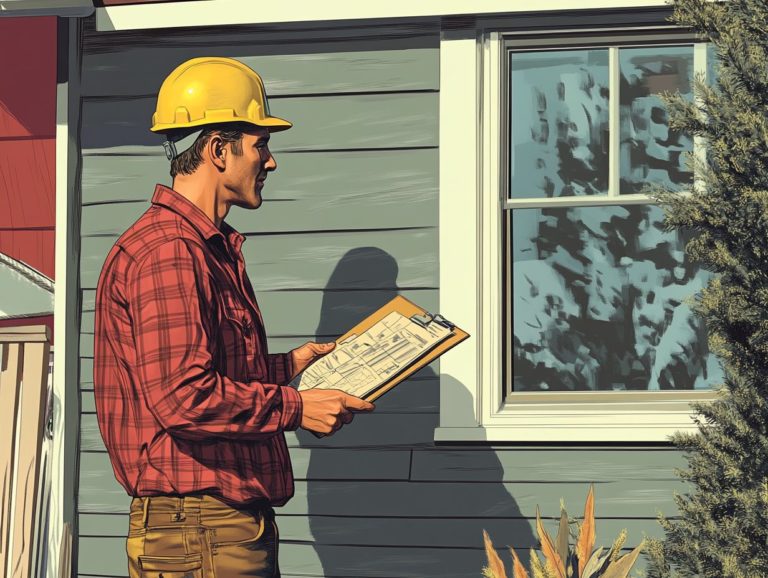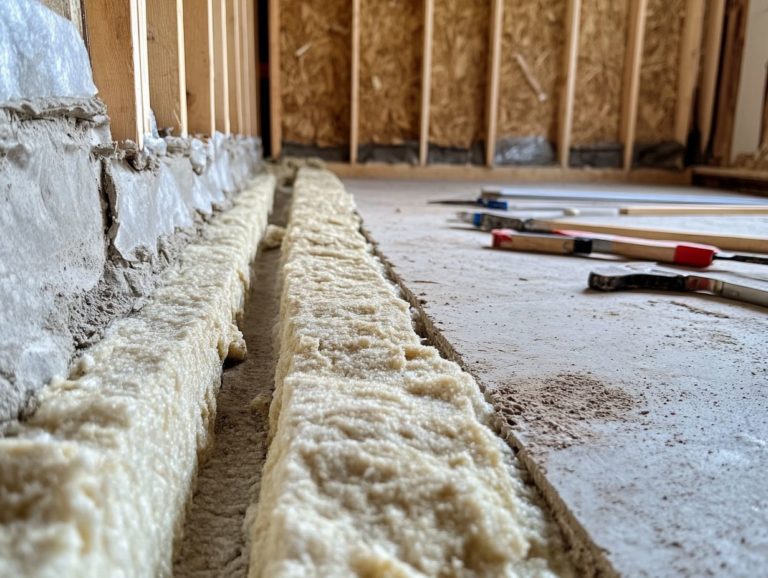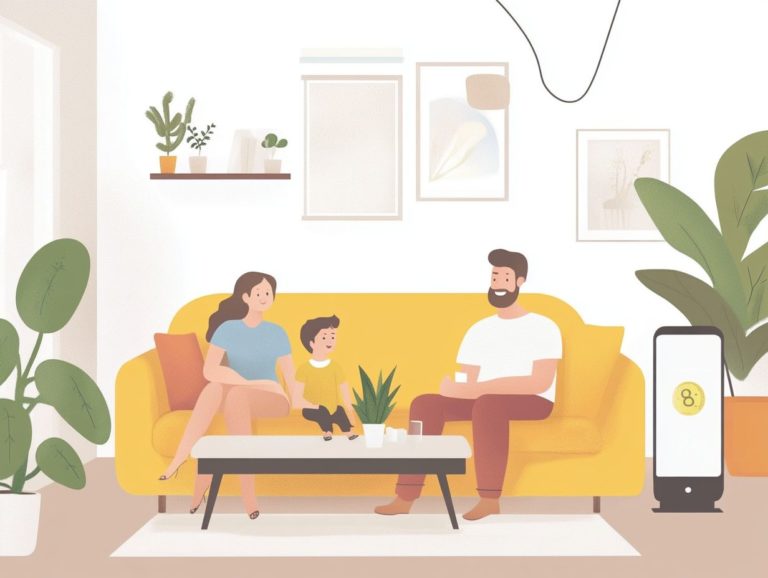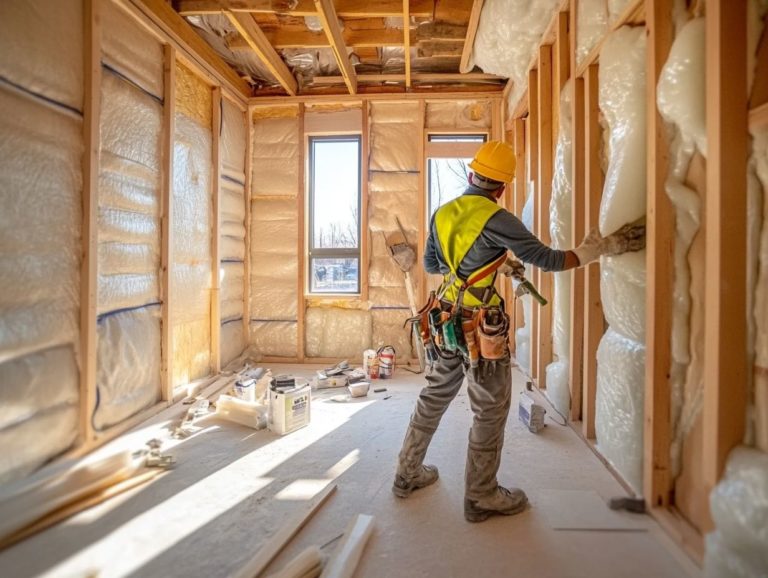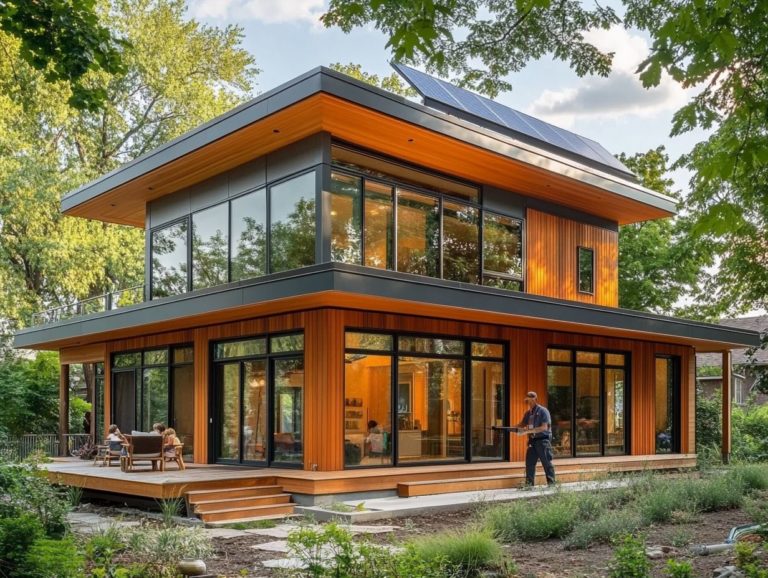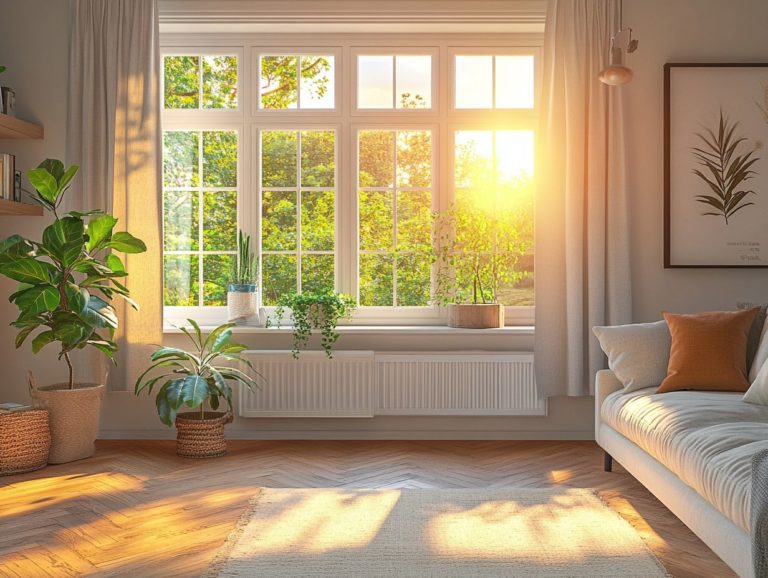Weatherproofing Strategies for Older Homes
Weatherproofing is crucial for preserving the integrity and comfort of older homes, which present their own unique challenges.
By understanding common issues and risks, you take the first step toward preventing moisture damage and enhancing energy efficiency. This guide will empower you to identify vulnerable areas in your home, explore tailored techniques suited to various architectural styles, and recommend the best materials and tools for the job.
You’ll also find an examination of the pros and cons of tackling projects yourself versus enlisting professional help, along with budget-friendly solutions to keep your home cozy and protected throughout the year.
Contents
- Key Takeaways:
- Understanding the Importance of Weatherproofing for Older Homes
- Identifying Areas in Need of Weatherproofing
- Weatherproofing Techniques for Different Types of Older Homes
- Materials and Tools for Weatherproofing
- DIY vs Professional Weatherproofing
- Budget-Friendly Weatherproofing Solutions
- Frequently Asked Questions
- What are some common weatherproofing problems in older homes?
- What is the first step in weatherproofing an older home?
- How can I weatherproof drafty windows and doors in my older home?
- What are some weatherproofing strategies for the exterior of an older home?
- Is it possible to weatherproof an older home without compromising its historical integrity?
- How often should weatherproofing maintenance be done on an older home?
Key Takeaways:
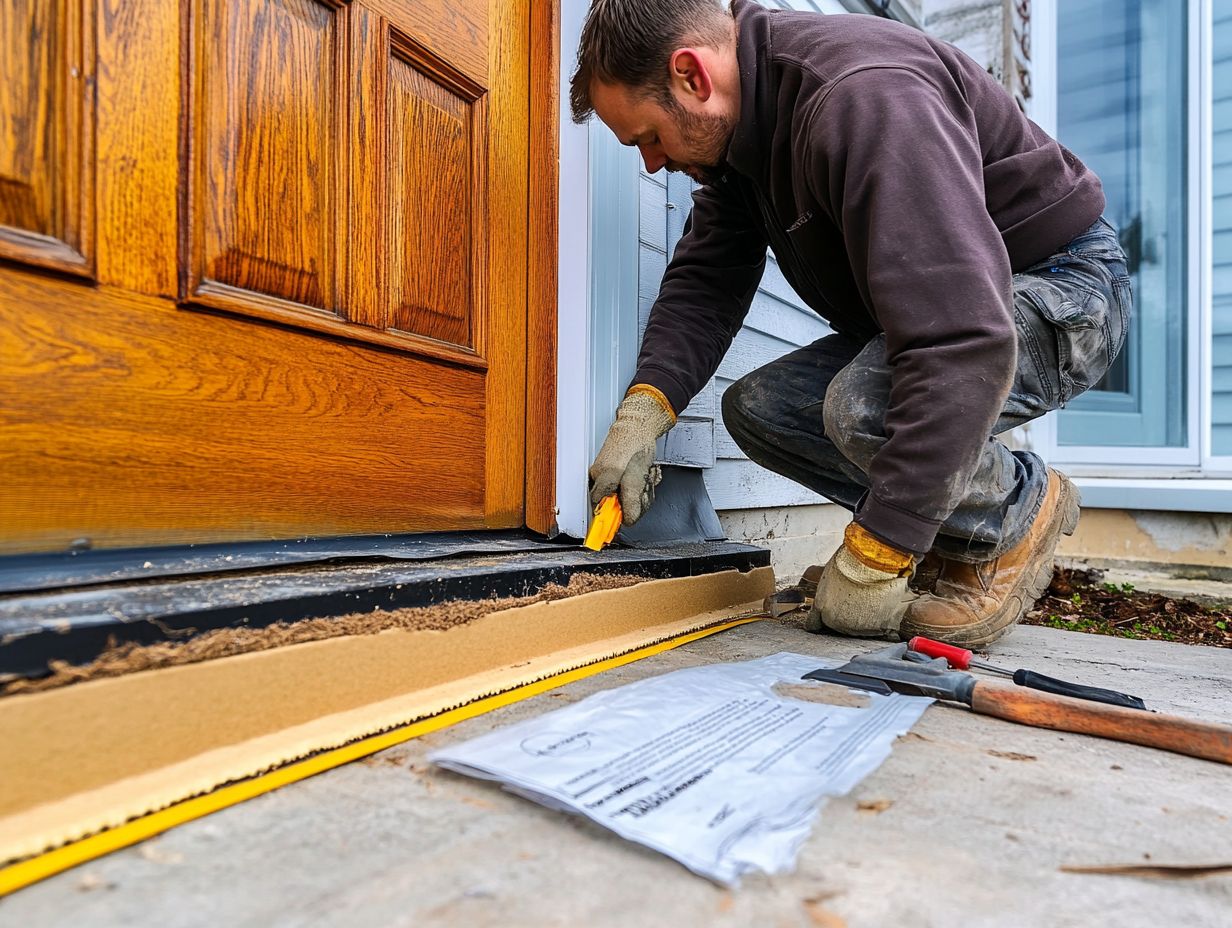
Weatherproofing is essential for maintaining the integrity of older homes and preventing issues such as water damage and energy loss. Key areas to check include windows, doors, roofs, and foundations. Regular maintenance and inspection can help identify problem areas. Weatherproofing strategies for historic, mid-century, and Victorian homes may vary, but common techniques include caulking, weatherstripping, and insulation. It is important to use the right materials and techniques for each type of home.
Understanding the Importance of Weatherproofing for Older Homes
Weatherproofing older homes is vital for maintaining their historic charm while boosting energy efficiency and ensuring comfort. To achieve this, it’s important to follow best practices for weatherproofing, especially since many of these homes were built before modern building standards, often leading to a lack of proper insulation.
This can result in higher utility costs as you deal with drafty interiors and inconsistent temperature regulation. By investing in proper weatherproofing, you enhance your comfort and safeguard the structural integrity of your home.
It s an essential component of home maintenance that every homeowner should prioritize!
Common Issues and Risks
Older homes often present challenges that can pose significant risks, such as moisture issues, air leaks, and a lack of insulation that undermines energy efficiency.
These problems lead to drafty interiors, increasing reliance on heating and cooling systems. Consequently, you might face unexpectedly high utility bills that strain your budget.
Effective weatherproofing is essential in addressing these concerns, ensuring that air stays where it belongs and significantly reducing energy loss. By sealing gaps and improving insulation, you create a comfortable living environment while safeguarding your investment from long-term moisture damage and temperature fluctuations.
Addressing these issues enhances your comfort and translates into substantial savings over time.
Identifying Areas in Need of Weatherproofing
Identifying areas that require weatherproofing is crucial for maintaining energy efficiency in older homes. Pay special attention to common spots like attics, basements, and walls, where air leaks often occur.
Key Areas to Check
Focus on key areas like the attic, basement, and walls. Insulation options such as batt insulation or expanding foam can significantly minimize energy loss.
Don t overlook the importance of air sealing for boosting your home s overall energy efficiency. By addressing gaps and leaks, you ensure that conditioned air remains inside while keeping unwanted moisture at bay.
Techniques like caulking seams and applying weatherstripping around windows enhance insulation effectiveness and tackle mold and mildew issues. Together, these strategies form a strong barrier against extreme temperatures and unwanted moisture, creating a healthier indoor environment while lowering energy costs.
Weatherproofing Techniques for Different Types of Older Homes
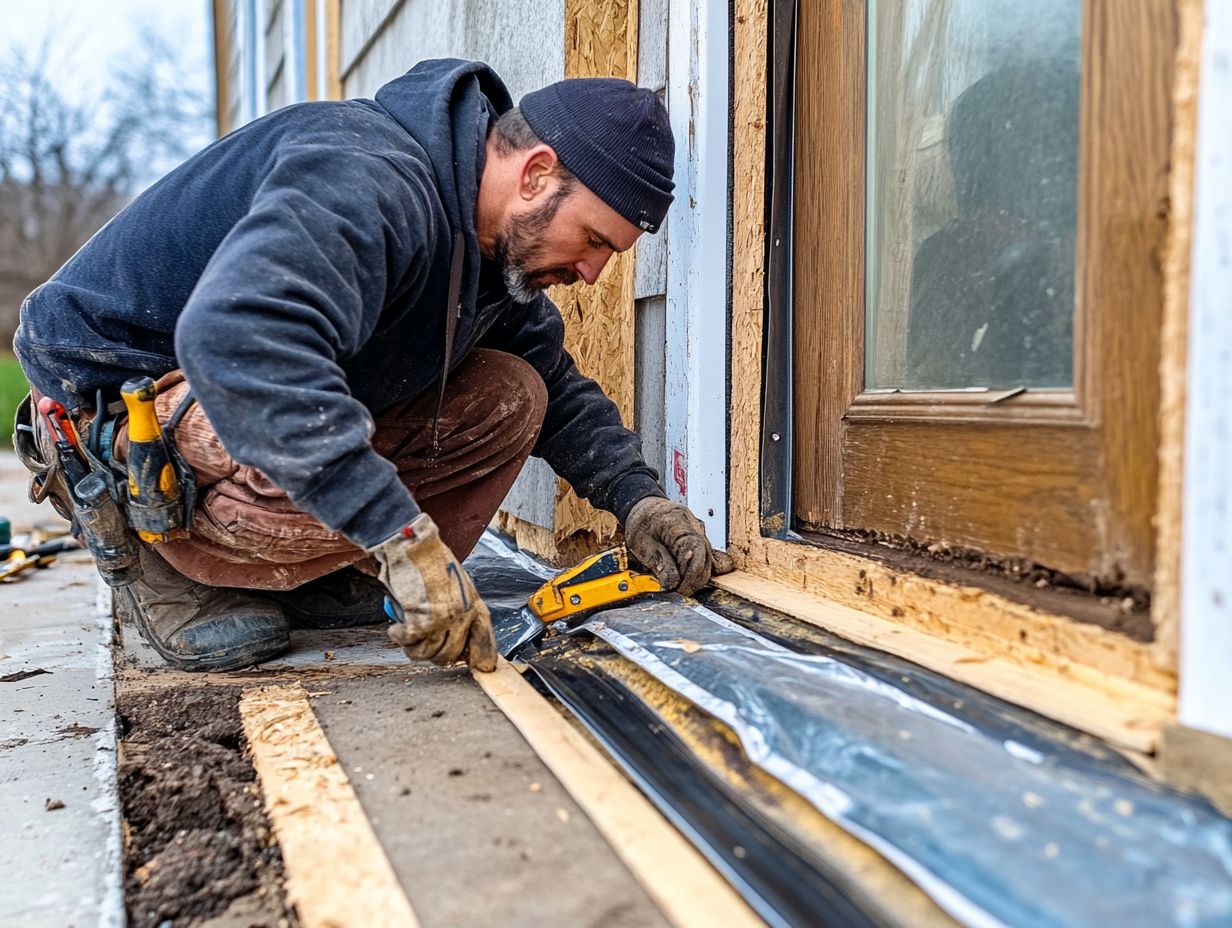
Different types of older homes require customized weatherproofing techniques that preserve their unique character while enhancing energy efficiency. Historic homes, mid-century residences, and Victorian properties each need distinct approaches to achieve the perfect balance between charm and modern comfort.
Start your weatherproofing journey today to ensure your home stays cozy!
Strategies for Historic Homes
Implementing weatherproofing strategies for historic homes is crucial. It’s essential to honor the architectural integrity while enhancing energy efficiency.
These properties can be challenging due to uneven wall thickness and varied building materials. Opt for breathable insulation like cellulose or mineral wool to prevent moisture buildup and allow the walls to ‘breathe.’
Integrating vapor barriers and using effective drainage techniques helps protect against water damage. By focusing on these aspects, you can enhance comfort and preserve the unique character of your historic home.
Strategies for Mid-Century Homes
Mid-century homes require specialized weatherproofing techniques. Enhancing insulation improves temperature control and energy efficiency.
These homes unique designs can lead to temperature fluctuations if insulation isn t effective. Embrace advanced methods like spray foam or cellulose to significantly reduce drafts.
Using weather-resistant materials like durable siding and high-performance windows creates a strong barrier against the elements. This not only safeguards the home but also ensures your comfort year-round.
Strategies for Victorian Homes
Weatherproofing your Victorian home needs careful insulation choices. You want to preserve its charm while boosting energy efficiency.
These stunning homes, known for their intricate details, pose challenges in integrating modern solutions. You ll balance preserving vintage features with upgrading insulation.
Consider these effective strategies:
- Use breathable materials for internal wall insulation to avoid moisture.
- Enhance window performance with secondary glazing for better insulation.
- Choose energy-efficient heating systems that match your home s design.
By adopting these thoughtful approaches, you can keep your timeless home cozy and stylish while respecting its historical integrity.
Materials and Tools for Weatherproofing
Selecting the right materials and tools is key for successful renovations. You have various insulation options cellulose, fiberglass, and polyurethane all designed to enhance energy efficiency.
Make informed choices to ensure lasting benefits for your home.
Recommended Products and Equipment
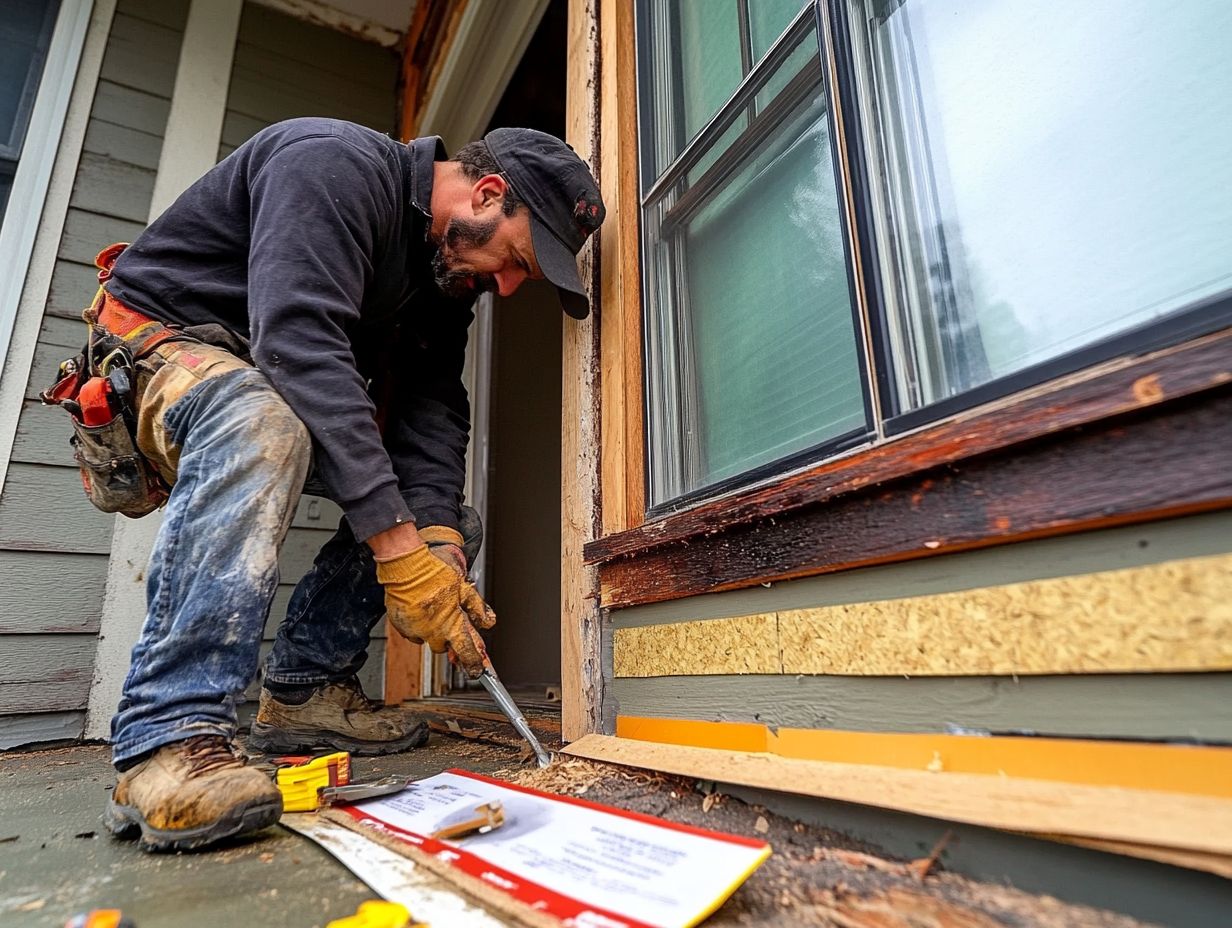
When starting your weatherproofing projects, consider recommended products and equipment that support your efforts. This will lead to optimal results.
For example, spray foam insulation seals gaps effectively, providing excellent thermal resistance and moisture protection.
- Fiberglass batts are easy to install and efficient for attics.
- If you re in a warm climate, reflective radiant barriers can reduce heat transfer, adding extra protection.
Don t forget essential tools like a high-quality caulking gun and an insulation knife. These tools ensure a snug fit and a professional finish.
By combining the right materials and tools, you can tackle weatherproofing with confidence and skill.
DIY vs Professional Weatherproofing
When weighing the choice between DIY projects and professional installation for weatherproofing, you greatly affect both the effectiveness and the expenses tied to enhancing energy efficiency in older homes. This decision can have lasting implications on comfort and utility bills, making it essential to consider your options carefully.
Pros and Cons of Each Approach
The decision between DIY and professional weatherproofing is all about weighing your unique insulation needs, budget, and anticipated energy savings. Evaluate your skills to choose wisely and assess your financial situation before diving in.
Choosing DIY methods can offer a rewarding sense of accomplishment and often comes with a lower price tag. However, it does require a certain level of expertise that not every homeowner possesses.
Hiring professionals typically guarantees high-quality workmanship and the use of premium materials, though it can be quite expensive. If not done correctly, DIY weatherproofing might lead to poor insulation, resulting in inflated energy bills. In contrast, professional services ensure optimal performance and longevity.
Understanding these nuances is vital for making a decision that truly fits your circumstances.
Budget-Friendly Weatherproofing Solutions
You can implement budget-friendly weatherproofing solutions by exploring cost-effective techniques and insulation options that enhance energy efficiency without straining your finances.
Cost-Effective Techniques and Alternatives
There are several cost-effective techniques and alternatives for weatherproofing that can lead to significant energy savings while tackling common insulation projects in older homes. Homeowners often seek practical solutions that enhance comfort without breaking the bank.
A savvy approach involves using materials like spray foam and weather strips; these options are economical and incredibly effective in minimizing drafts. Incorporating exterior insulation boards can substantially elevate your home’s thermal efficiency without the need for major renovations.
If you’re working with a tighter budget, simple measures like caulking gaps around windows and doors can yield surprisingly beneficial results. By exploring these strategies, you can create a more energy-efficient living space while also protecting your finances.
Frequently Asked Questions
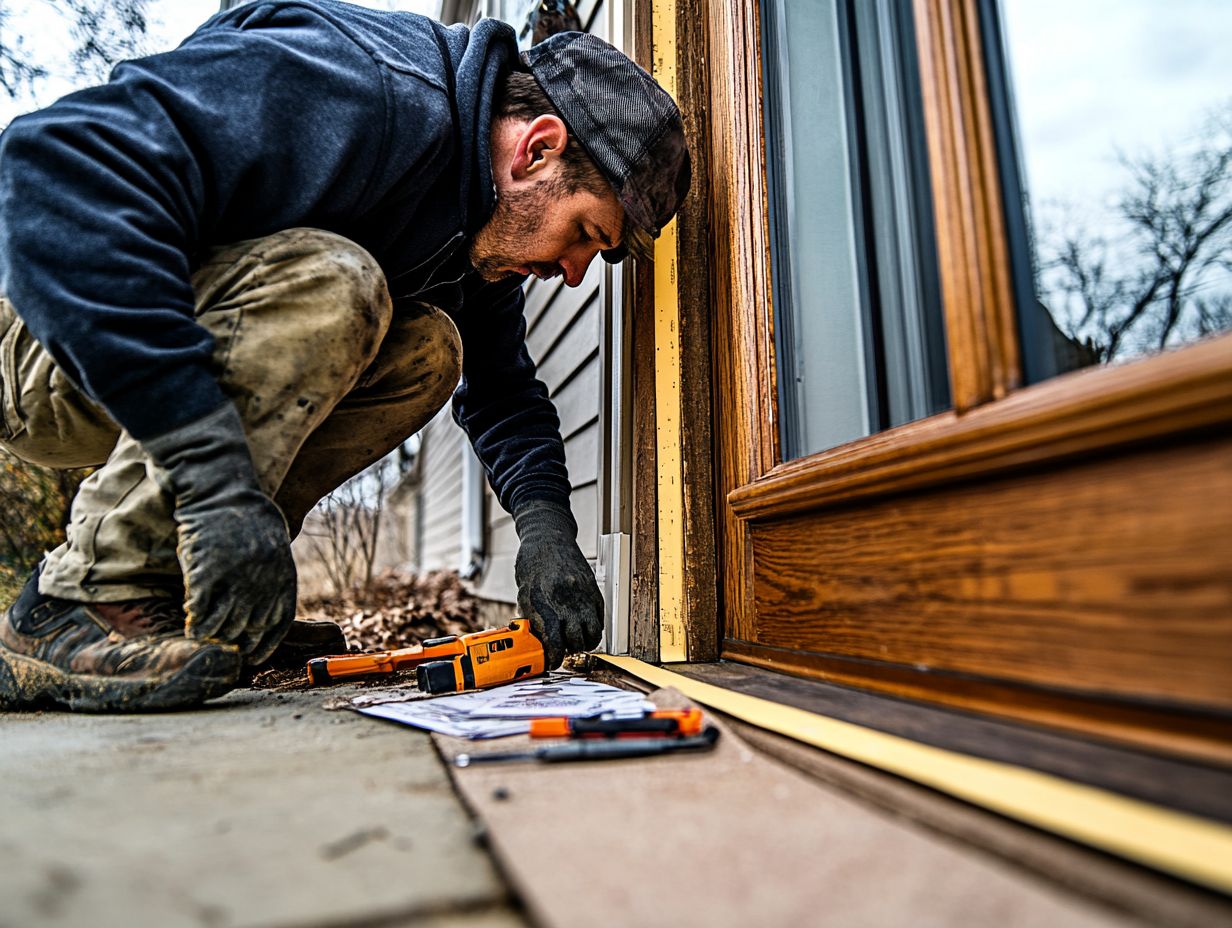
What are some common weatherproofing problems in older homes?
Common weatherproofing problems in older homes include drafty windows and doors, lack of insulation, and cracks or gaps in the walls and foundation.
What is the first step in weatherproofing an older home?
The first step in weatherproofing an older home is to conduct a thorough inspection to identify any areas that need attention, such as checking for leaks, drafts, and areas of poor insulation.
How can I weatherproof drafty windows and doors in my older home?
Drafty windows and doors can be weatherproofed by installing weatherstripping or caulk to seal any gaps or cracks. Installing storm windows or doors can also help improve insulation.
What are some weatherproofing strategies for the exterior of an older home?
Some weatherproofing strategies for the exterior of an older home include sealing cracks and gaps in the walls and foundation, installing storm doors and windows, and ensuring that the roof is in good condition. For more detailed insights, check out weatherproofing: essential for home longevity.
Is it possible to weatherproof an older home without compromising its historical integrity?
Yes, it is possible to weatherproof an older home without compromising its historical integrity. Many weatherproofing products and techniques are specifically designed for historic homes, such as using weatherstripping and caulk that blends in with the original materials.
How often should weatherproofing maintenance be done on an older home?
Weatherproofing maintenance should be done on an older home at least once a year, preferably before the colder months. It’s also important to regularly check for any new areas that may need attention, especially after a severe storm or strong winds.

